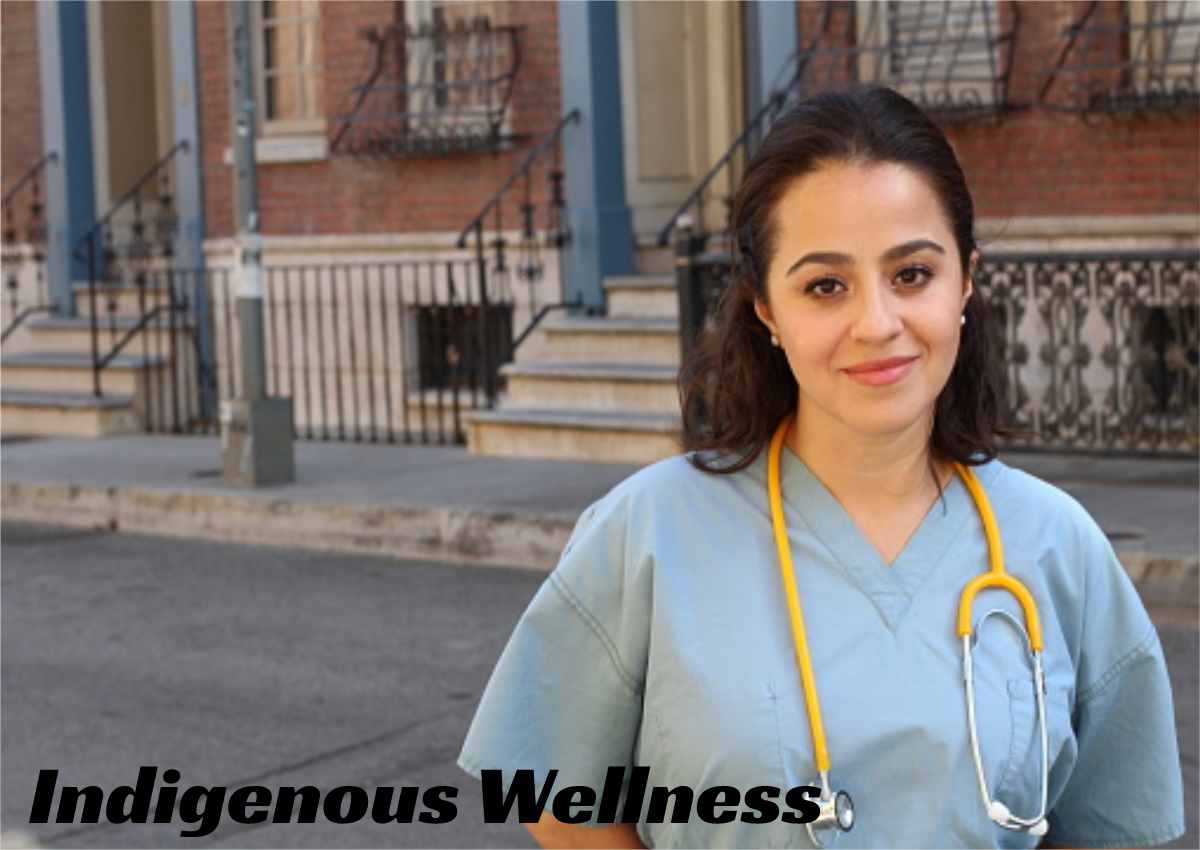Table of Contents
What Is It?
In the indigenous worldview, wellness is a holistic relationship between culture, community, and environment, unlike Western perspectives of health care. AIWC grew out of three years of commitment to define the programmed, venue, form and materials and ensure it reflected priorities.
Also read: https://www.smarthealthweb.com/delicious-healthy-food/
Traditional Indigenous Healing Is a Holistic Practice That Aims To Treat Imbalances In A Person’s Body, Mind, Emotions, And Spirit.
These imbalances remain believed to cause disease and result from ignoring sacred and natural laws. Traditional healing practices are distinct and culturally specific to those who practice them. In Canada, First Nations. Inuit and Métis see health as a balance of physical, emotional, mental and spiritual elements. These four elements can be affected by the individual, their family, their community and the environment. For example, connection to the land is essential in Inuit healing. Being down to earth and away from one’s community can bring calm to the body and mind by removing outside influences and, in turn, promoting personal well-being.
Below,
We highlight some of the most famous indigenous traditional healing practices. It is important to note that although they are practiced by many, not all indigenous groups participate in all of these traditions.
Healing Circles Remain Convened To Deliberate A Problem Or Question.
Members sit in a circle. And the leader and organizer. Or the elder opens with a prayer. A talking stick remains passed around the circle; only the person holding the stick can speak. The healing process ends when the staff has passed the circle once without interrupting anyone. For cancer patients and their caregivers, a curative circle is a home to speed up their thoughts, feelings, and knowledge and to gain provision and healing.
Sweat Lodges Continue Dome-Shaped Constructions Used For Purification And Healing Rites.
Inside, the stones remain heated over a fire and water is poured over the rocks to create steam. This steam helps the ceremony participants sweat out toxins and impurities and stays, which promotes healing. Smudging remains a ceremony to cleanse a person or place of negative thoughts and feelings, purify the soul, and bring clarity to mind. The four sacred plants (sage, sweet grass, cedar and tobacco) remain lit in a shell or small container. The flames remain extinguished, and the resulting smoke has stirred a person or place with a hand or eagle feather. After the ceremony, the ashes remain deposited on the bare ground. These ashes remain believed to contain negative thoughts and feelings.
The Indigenous Teachings Remain Summarized In The Medicine Wheel,
A circle that signifies the cycles of life. It remains divided into four quadrants, each with a different color, to represent the four seasons, the four directions, the four sacred animals, the four sacred plants, and other essential elements in people’s lives. Traditional healing can also be seasonally based, as the season’s influence what practices remain done. In addition to these ceremonies, various indigenous healers use plants, trees, herbs, soil, food, and water from the land around them.
Also read: https://www.smarthealthweb.com/maintain-perfect-brain-health/
How Can You Help?
Traditional indigenous healing has not remained shown to cure cancer. Still, it can provide psychological, emotional, and spiritual support to cancer patients and their families, which can help with stress, anxiety, and depression. Let your primary care side know if you use these or any other traditional indigenous remedies, especially if you remain using plants or herbs that may interact with conventional therapies.
How Do I Discovery A Group Or Practitioner?
Some hospitals and cancer centers have Indigenous/Native patient navigators you can talk to if you are interested in using traditional healing as a complementary therapy. We’ve also provided some resources below to get you started:
Conclusion
In Indigenous worldview, wellness is a holistic relationship between culture, community, and environment, unlike Western perspectives of medical care. AIWC developed from three years of engagement to define program, siting, form, and materials, and ensure it reflected priorities.
Also read: https://www.smarthealthweb.com/eyebrow-lamination/

